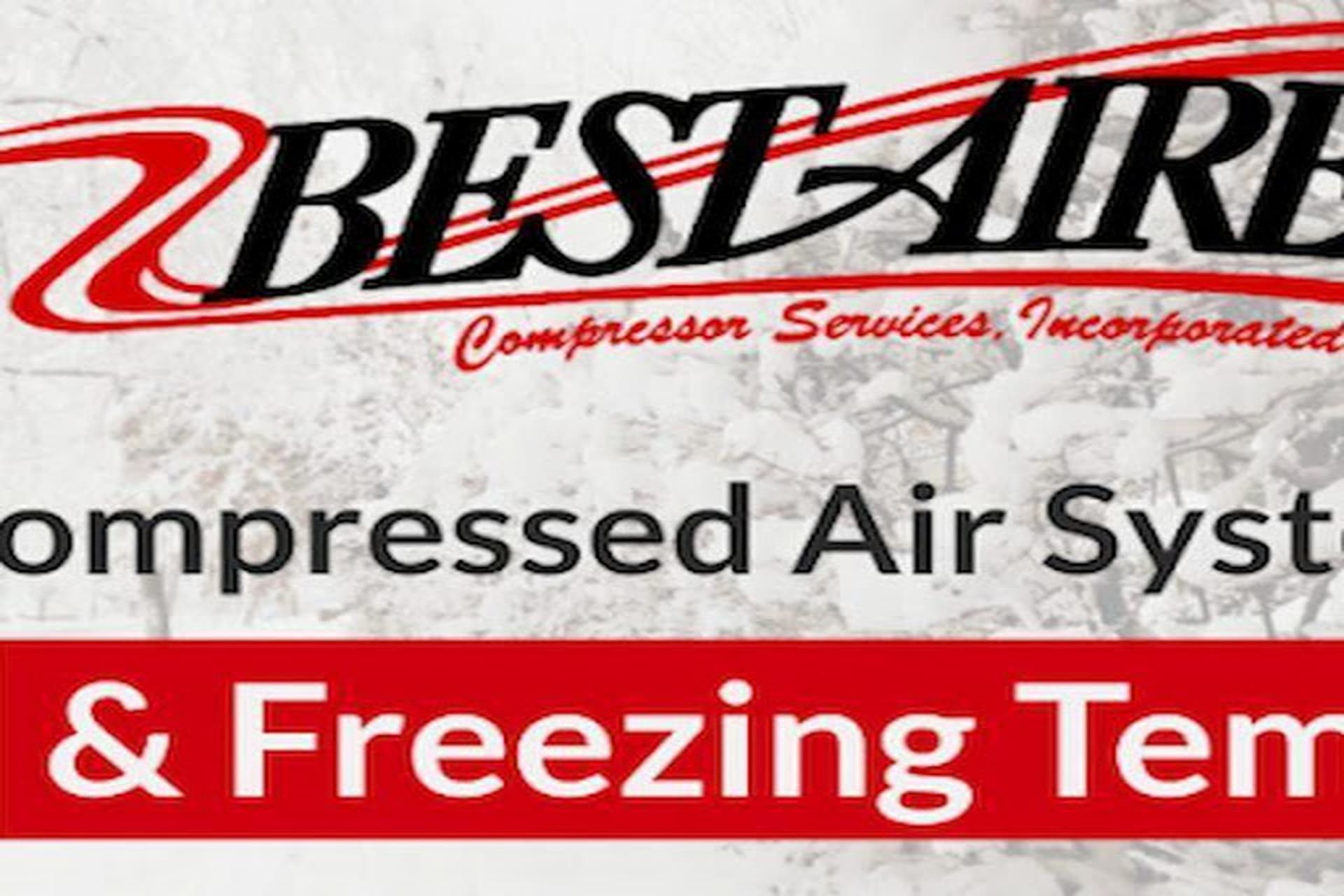Advantages of Rotary Air Compressors Over Reciprocating Air Compressors
Introduction
Air compressors are indispensable tools in various industrial applications, providing a steady supply of compressed air for pneumatic machinery, tools, and processes. Among the different types of air compressors available, rotary and reciprocating compressors are two widely used options. While both have their merits, this article will explore the reasons why rotary air compressors often stand out as the superior choice in many scenarios.
Efficiency and Consistency
Rotary air compressors offer distinct advantages in terms of efficiency and consistency. Unlike reciprocating compressors, which generate pulsating air flows due to their piston-driven motion, rotary compressors deliver a smooth and continuous flow of compressed air. This consistency is essential for applications that require a stable air supply, as it ensures even pressure levels and eliminates the need for additional equipment to mitigate pulsations.
Higher Flow Rates
Rotary air compressors excel in delivering higher flow rates compared to reciprocating compressors. This makes them suitable for applications that demand substantial amounts of compressed air, such as large-scale industrial processes, automotive assembly lines, and construction projects. The rotary design’s ability to sustain continuous operation at elevated flow rates is a significant advantage in such scenarios, where productivity and efficiency are paramount.
Compact Design and Space Efficiency
Space is often a valuable commodity in industrial settings. Rotary air compressors offer a compact design that allows for efficient use of available space. Reciprocating compressors, on the other hand, tend to have larger footprints due to their piston-driven mechanism and additional components. This compactness makes rotary compressors an ideal choice for installations with limited space constraints.
Lower Vibration and Noise Levels
Rotary air compressors operate with significantly lower vibration and noise levels compared to reciprocating compressors. The smooth rotary motion generates less mechanical vibration, reducing the risk of equipment damage and the need for elaborate vibration isolation systems. Additionally, the quieter operation of rotary compressors contributes to a more comfortable and safer working environment, benefiting both employees and nearby residents.
**5. Minimal Maintenance Requirements
Maintenance is a critical aspect of any industrial equipment, and rotary air compressors offer advantages in this regard as well. Reciprocating compressors have more moving parts, including pistons, cylinders, and valves, which can wear out over time and require frequent maintenance. Rotary compressors, with their simpler design and fewer components, generally have lower maintenance requirements and longer service intervals, translating to reduced downtime and operational costs.
Energy Efficiency
Rotary air compressors are known for their energy efficiency, particularly in scenarios where compressed air demand is constant. The continuous rotary motion results in smoother operation and reduced energy consumption compared to the start-stop cycles of reciprocating compressors. This efficiency not only lowers operational costs but also contributes to a smaller carbon footprint, aligning with sustainability goals.
Adaptability and Variable Speed Control
Modern rotary air compressors often come equipped with variable speed drive (VSD) technology, which allows for precise control of the compressor’s speed and output. This adaptability is crucial in applications with fluctuating air demand, as the compressor can automatically adjust its output to match the required flow rate. Reciprocating compressors, while capable of modulation, may not offer the same level of flexibility and efficiency as VSD-equipped rotary compressors.
Conclusion
While both rotary and reciprocating air compressors have their own strengths, the numerous advantages of rotary compressors make them a preferred choice in many industrial and commercial settings. From their efficiency and consistency to their higher flow rates, compact design, and lower maintenance requirements, rotary compressors offer a comprehensive package that aligns with the demands of modern industrial processes. As technology continues to advance, rotary air compressors equipped with features like variable speed control further solidify their position as a superior option, contributing to enhanced productivity, energy savings, and overall operational excellence.
